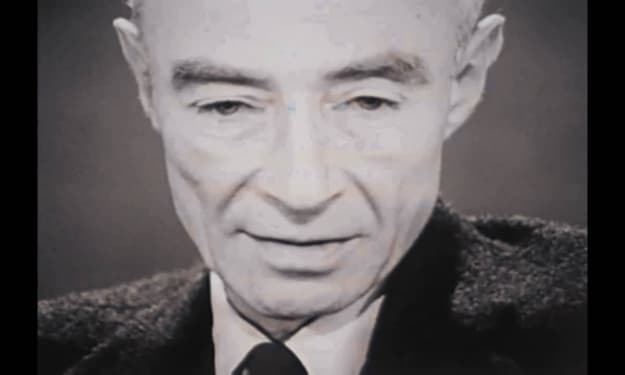Understanding the Manipur Conflict: Unraveling a Complex Situation
Historical Underpinnings of the Conflict

Understanding the Manipur Conflict: Unraveling a Complex Situation
In recent times, the Manipur conflict has captured the attention of the nation due to its complexity and the heartbreaking violence it has unleashed. The strife revolves around the long-standing tensions between the Meitei and Kuki communities, two ethnic groups with intertwined histories and aspirations. The Manipur conflict is a multifaceted issue involving ethnic identities, historical disputes, economic challenges, and political decisions. Let's delve into the intricate details of this conflict and gain a deeper understanding of its underlying causes.
1. Historical Underpinnings of the Conflict
The roots of the Manipur conflict can be traced back to the intricate history of the Meitei and Kuki communities. Living in close proximity, these groups have historically vied for resources, often leading to conflicts. The British introduced the Kuki tribe to act as a buffer between the Meiteis and the Naga tribe, but this move sowed the seeds of future disputes.
2. Colonial Influence and Contemporary Impact
The colonial period further shaped the dynamics of the conflict. The Kuki tribe resisted British rule, which resulted in the British declaring their territories ungovernable and creating an Inner Line to maintain a buffer zone. These decisions still resonate in present-day Manipur, impacting land ownership and ethnic relations.
3. Post-Independence Scenario
After India gained independence, insurgencies erupted within these ethnic communities. Private armies formed, each demanding its own rights and identity. Some groups demanded separate states, while others aimed for autonomy within the existing framework.
4. Socio-Political Factors
One of the most critical aspects of the Manipur conflict is the fear of losing cultural identity. Both the Meitei and Kuki communities are deeply concerned about preserving their distinct cultures and traditions amidst changing times.
5. Recent Government Decisions
Recent decisions by the Manipur government have intensified tensions. The introduction of bills without adequate consultation and the redrawing of district boundaries have sparked protests and unrest. These decisions have fueled perceptions of unfair treatment and eroding rights among affected communities.
6. Economic and Environmental Factors
Economic disparities and environmental concerns have further compounded the conflict. Poverty and unemployment, especially among the Kuki community, have created fertile ground for resentment and frustration. Additionally, issues related to opium cultivation and mining have exacerbated existing challenges.
7. Role of Politics and Leadership
The role of political leadership cannot be underestimated in fanning the flames of the Manipur conflict. Accusations of divisive politics, hate speech, and exploiting communal sentiments have been leveled against various political figures. Such actions have contributed to further polarization and animosity.
8. Media and Misinformation
The role of media and misinformation cannot be ignored in perpetuating the conflict. The circulation of fake news and manipulated images has intensified public sentiment and contributed to escalating violence. Addressing the spread of false information is crucial for de-escalation.
9. Potential Solutions
Finding a way to resolve the Manipur conflict requires a holistic approach. Economic development, job creation, and educational opportunities can help alleviate poverty and unemployment, reducing the susceptibility to manipulation. Dialogue, tolerance, and empathy are vital for building bridges and promoting peaceful coexistence.
10. Conclusion and Moving Forward
The Manipur conflict is a complex web of historical, economic, and socio-political factors. It serves as a stark reminder that fostering unity and harmony in diverse societies requires thoughtful leadership, understanding, and a commitment to equitable development. Addressing the root causes of the conflict and working toward a just and inclusive society will pave the way for a brighter future in Manipur.
Frequently Asked Questions
Q1: What are the main communities involved in the Manipur conflict?
The primary communities involved are the Meitei and Kuki ethnic groups.
Q2: How has historical colonial influence affected the conflict?
Colonial decisions, such as introducing the Kuki tribe as a buffer, have had long-lasting impacts on land ownership and ethnic relations.
Q3: What recent government decisions have contributed to the conflict?
Recent decisions, such as introducing bills without consultation and redrawing district boundaries, have sparked protests and unrest.
Q4: How has misinformation played a role in the conflict?
Misinformation and fake news have exacerbated tensions and escalated violence in the region.
Q5: What steps can be taken to resolve the Manipur conflict?
Addressing poverty, unemployment, and economic disparities, along with promoting dialogue and empathy, are crucial steps toward resolution.
About the Creator
Sameel Iqbal
I am expert in article and story writing






Comments
There are no comments for this story
Be the first to respond and start the conversation.